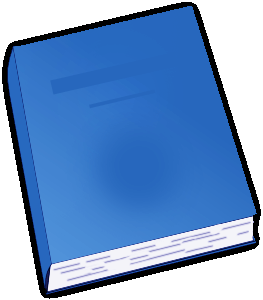"History of the United States, Volume 6" by Elisha Benjamin Andrews is a comprehensive and engaging look at a pivotal period in American history. The author does an excellent job of detailing the events and key figures that shaped the nation during the late 19th and early 20th centuries.
What sets this book apart is Andrews' ability to provide not just a chronological account of historical events, but also to delve into the social, cultural, and political dynamics that were at play during this time. Readers will come away with a deeper understanding of how the United States evolved into a global power and the challenges it faced along the way.
Andrews' writing style is concise and easy to follow, making this book accessible to a wide range of readers. Whether you are a history buff or just looking to brush up on your knowledge of American history, "History of the United States, Volume 6" is a worthwhile read that will leave you with a greater appreciation for the complexities of the past.
First Page:
HISTORY OF THE UNITED STATES[Illustration: Portrait.] Copyright, 1907, by Clinedinst. Washington, D. C. Theodore Roosevelt At his desk in the executive offices of the White House during his term as president.
HISTORY OF THE UNITED STATES
FROM THE EARLIEST DISCOVERY OF AMERICA TO THE PRESENT TIME
BY E. BENJAMIN ANDREWS CHANCELLOR OF THE UNIVERSITY OF NEBRASKA FORMERLY PRESIDENT OF BROWN UNIVERSITY
With 650 Illustrations and Maps
VOLUME VI.
NEW YORK CHARLES SCRIBNER'S SONS 1912
COPYRIGHT, 1912, BY CHARLES SCRIBNER'S SONS
CONTENTS
CHAPTER I. THE RISE OF THEODORE ROOSEVELT
Career of Theodore Roosevelt.
Characteristics.
Temper and Method.
Administration.
Reciprocity.
Trusts.
Industrial Confederations.
Railway, Steel and Steamship Combinations.
Ship Subsidy Bill.
Beef Trust.
Steel Strike of 1901.
Anthracite Coal Strike of 1902.
President Roosevelt Calls Conference for Its Settlement.
CHAPTER II. ROOSEVELT'S FIRST ADMINISTRATION
His Fine Equipment for the Office of President.
A Remarkable Cabinet.
Mr. Root's Work for Cuba and the Philippines.
For the Army.
The Diplomacy of John Hay.
Department of Commerce and Labor Created.
The Panama Canal Achievement.
Recognition of Panama.
The Galveston Flood.
Plan of City Government... Continue reading book >>
